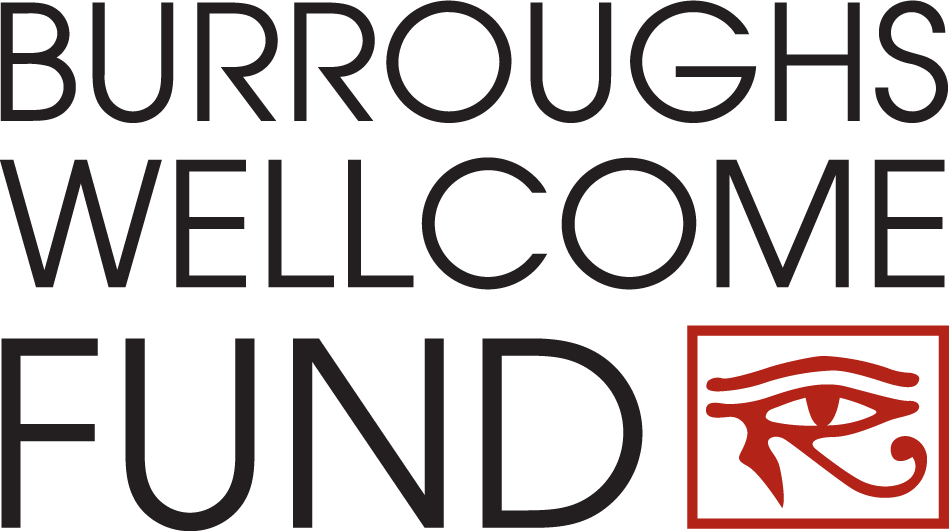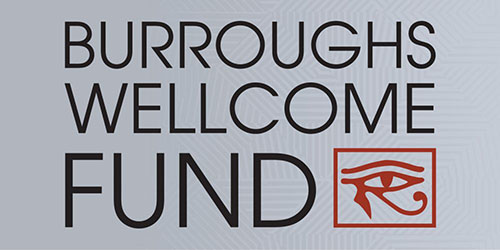The Burroughs Wellcome Fund is pleased to announce the recipients of the 2017 Career Awards at the Scientific Interface (CASI). These awards are designed to encourage research at the interface between the physical/computational sciences and the biological sciences, recognizing the vital role cross-trained scientists play in furthering biomedical research.
CASI provides $500,000 over five years to bridge advanced postdoctoral training and the early years of faculty service. All faculty positions must be taken at U.S. or Canadian degree-granting institutions.
“Given the shortage of federal funding available to interdisciplinary research, CASI is an important and long standing funding opportunity that helps recruit the physical and computational biologists into the life sciences,” said John Burris, president of the Fund. “Our strategy in particular allows postdoctoral scholars to take risks and pivot in new directions. This freedom to operate is what opens the door to problem solving and invention.”
BWF launched the CASI program in 2002 and has made a total of 145 awards—an investment of nearly $75 million in the careers of CASI recipients.
The CASI award provides freedom and funding security that enables interdisciplinary new investigators to develop innovative and independent research programs during this critical time in their careers. By the end of their awards, these investigators will have an established research program and will be able to effectively compete for support from government and other funding agencies.
The recipients of the 2017 Career Awards at the Scientific Interface are:
Scott E. Boyken, Ph.D.
University of Washington
Programmable protein interaction specificity to engineer and interrogate cellular signaling
Gregg A. Duncan, Ph.D.
Johns Hopkins University
Microscale airway surface liquid interactions and their role in obstructive lung diseases
Felipe Garcia Quiroz, Ph.D.
Rockefeller University
Repetitive elements of life: from genomes to proteins and material systems
Kelley Harris, Ph.D.
Stanford University
Decoding the evolutionary history of DNA replication fidelity from whole genome sequences
Felix JH Hol, Ph.D.
Stanford University
Eco-evolutionary dynamics of mosquito-borne viruses
Ashok Litwin-Kumar, Ph.D.
Columbia University
Modeling distributed olfactory learning in rodents and insects
Po-Ru Loh, Ph.D.
Harvard School of Public Health
Toward an early-warning system for leukemia: Characterizing mosaic copy number abnormalities
Tatiana V. Mishanina, Ph.D.
University of Wisconsin-Madison
Visual-kinetic studies of pausing by bacterial RNA polymerase using time-resolved cryo-EM
Octavio Mondragón-Palomino, Ph.D.
California Institute of Technology
In situ dissection of bacteria-bacteria interactions on the mucosa of the mammalian gut
Priya Moorjani, Ph.D.
Columbia University
Learning about the rate and chronology of human evolution
Amy Elizabeth Shyer, Ph.D.
University of California-Berkeley
Investigating mechano-chemical mechanisms of mesenchymal morphogenesis in skin and bone
Amy M. Weeks, Ph.D.
University of California-San Francisco
Untangling the protease web: Chemical and enzymatic probes for dissection of proteolytic signaling in immune cells


Comments are closed.